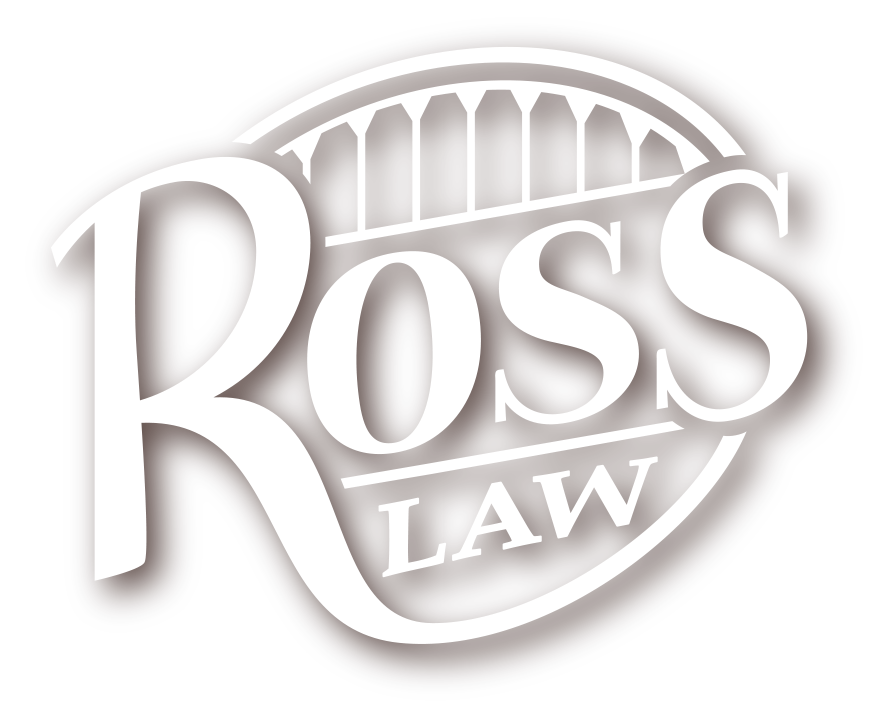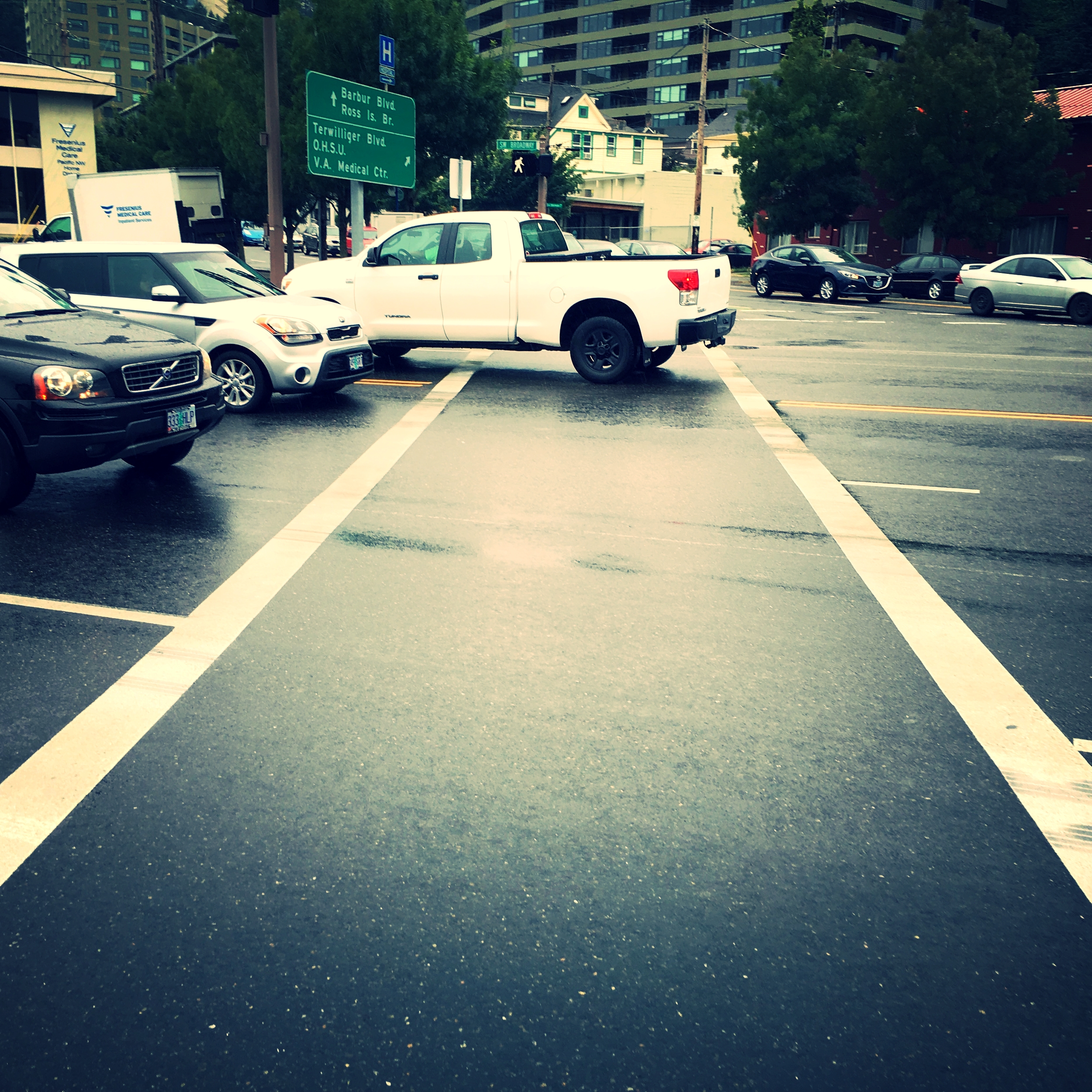Virtually the entire of State of Oregon is under a winter storm warning at this time. Forecasters are doing their best to predict how much snow is going to be on the ground when we all wake up tomorrow. It is no secret that the folks in the Willamette Valley, Portland, and the Metro Area struggle with driving in the snow. Portland and the Metro area grinds to a halt usually when there is a threat of snow. People abandon their vehicles, cars slide off the road, cars also slide into each other and into pedestrians. This can result in serious and catastrophic injuries to people involved in these crashes. Oregonlive has posted some great driving tips for people that will venture out in the snow. However, what do you do if you are involved in a crash in the snow?
At the Scene: Once the area is safe, USE YOUR CELL PHONE to gather evidence: Take pictures of the car damage, the scene, the bad driver, witnesses, and the bad driver' driver's license, the bad driver's license plate, and the bad driver's insurance card. Photos of the scene are important in snow and ice crashes, because many times the parties will dispute what caused the crash. Also, have witnesses text or email you their contact information from their phones. This way you can locate them later if needed. If it is safe enough to move the car to the side of the road do it AFTER you take a couple of photos of the crash scene. Moving the vehicle permits traffic to flow through and will permit an ambulance, police officer, or other emergency responders to get to the crash if someone is injured.
If You or Someone Is Injured in the Crash and Needs Immediate Medical Attention: Call 911 if there is an injury and relay what the injuries are.
Seek Medical Care: Immediately seek treatment if you are injured. Your Oregon issued auto insurance should pay $15,000.00 for up to two years of crash related medical treatment. This does not mean you need to go to the Emergency Room, but you should schedule an appointment with a Doctor or Chiropractor to ensure you have not suffered serious injuries. The sooner the better. From a medical standpoint, you may be harming yourself if you wait to seek treatment. From a legal standpoint, insurance companies will likely give your claim less value if there is a “gap in treatment.” Insurance companies will not accept the justification that the snow prevented you from seeking treatment. This means you will likely have to fight harder to obtain maximum compensation for your losses and pain and suffering.
Contact Insurance and the DMV: Call your insurance company to set up a claim. Cooperate with them, but be cautious of their motives. If there was an injury or more than $1500.00 in property damage submit the proper Accident Report to the DMV ASAP. Here is a link to the form: DMV Accident Form.
If you were in a hit and run you must make a police report or notify the DMV within 24 hours and notify your insurer within 30 days. I advise reporting the matter to law enforcement as soon as possible. This is important as you may not be able to make a claim in the future if you were a victim of a hit and run.
Pro Tip: Call A Personal Injury Lawyer at 503.224.1658: Calling Ross Law PDX won't cost you anything to chat, and you can learn about what you need to do next.
Please be safe out there. Please remember that as an Oregon Personal Injury lawyer, Jeremiah Ross may be able to help you obtain maximum compensation for your personal injuries caused in the snow. The roads are still treacherous and there is more snow and ice on the way. Please do not hesitate to call if you have any questions. Please remember this blog and web-site may be considered attorney advertisement AND IS NOT CONSIDERED LEGAL ADVICE. REMEMBER ALL SITUATIONS ARE DIFFERENT, and this post is merely a guide.









